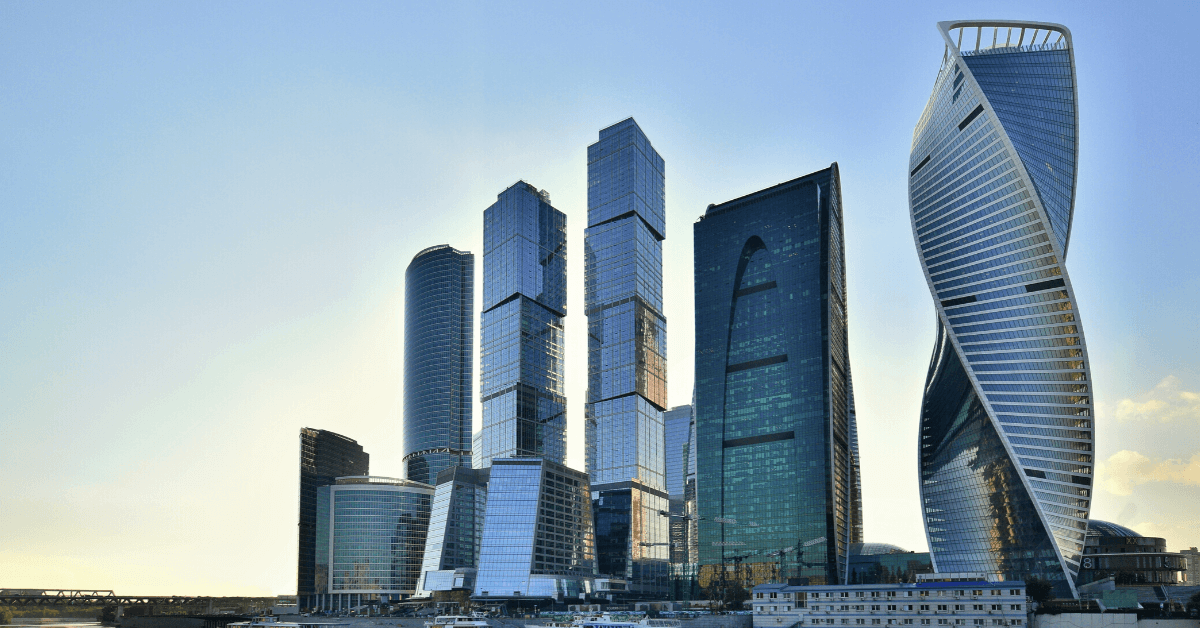MNC interest has returned in a big way to CIS markets in 2018, and for good reason. CIS markets have in general revived after several years of weak, fragile growth. Kazakhstan remains a resilient and solid growth opportunity, Azerbaijan has surprised to the upside, Belarus has redirected higher-than expected energy revenues towards its citizens, and Uzbekistan has generated a lot of interest as one of the world’s most appealing true frontier markets left, among other positive stories in the region. Many of our clients in fact are redirecting resources to the region after having deprioritized it the last few years given the oil price collapse and currency depreciations witnessed across these markets.
Just as this recovery was beginning to take hold more solidly and predictably – with few major risks to that growth – in recent months a considerable threat to the outlook has appeared: US-Russian geopolitical tensions. As a result, the 2019 outlook for Kazakhstan, Belarus, Georgia, and other CIS markets may face some headwinds.
Impact of US-Russia relations on the region
MNCs are highly likely to see additional US sanctions against Russia in Q4 ahead of US mid-term elections in November. The most severe sanctions would target the Russian economy (against the banking and energy sectors) and cause a sharp slowdown in growth. The ruble and sentiment have already been weakening since April, following the major sanctions announced then, and have now come under more pressure since early August in anticipation of further sanctions. In the coming months, the ruble will weaken further, and demand and investor sentiment will soften in the market as a result in 2019.
As it pertains to CIS, the spillover has been considerable. Kazakhstan has likely felt the most impact. The tenge fell to its weakest rate since moving to a free-float in late 2015, hitting nearly 380 to the US dollar in September – a drop of nearly 20% since early April. Import prices have thus ballooned: after averaging around 13% in Q1, producer prices have skyrocketed to 25% in July and August and are likely to remain at this elevated level in Q4. These price hikes on producers inevitably have to be passed on, resulting in higher consumer prices in the coming months, hurting real incomes and purchasing power. With more weakness set for the ruble, the tenge can only fall further. As a result, FrontierView has lowered its forecast for the tenge for 2019 to average 385 against the US dollar.
The Belarussian ruble has likewise weakened notably, falling against the US dollar by over 10% between April and September, driven by the falling Russian ruble over that period. Inflation rose back up to 5% in August, the highest level since March, with higher prices expected in Q4. Meanwhile, markets heavily reliant on the Russian economy for their exports – like Georgia, Armenia, and Moldova – will see weaker-than-expected exports to Russia now as that market slows and imports become more expensive. Slower Russian growth and a weaker ruble will likewise weigh on remittance levels from migrant workers, in particular from Tajikistan and Kyrgyzstan.
Ukraine
Now more outside of Russia’s orbit, with trade a fraction of what it was prior to the Maidan revolution in 2014, Ukraine is less vulnerable to the threat of a downturn in the Russian economy and spillover impact from ruble weakness. Nonetheless, Ukraine has developed concerns of its own doing in relation to future critical funding from the IMF – needed by the end of the year – and upcoming presidential and Rada elections in March and October 2019, respectively.
At this point, it appears Kiev and the IMF are nearing an agreement on a disbursement of IMF funding in the coming months. As for the elections, it remains a serious concern that a populist politician (like former PM Yulia Tymoshenko) could come to power amid dissatisfaction with living standards and the Maidan revolution, creating a significant threat to the reform movement and the economy more broadly. While there is much uncertainty over presidential elections in March, the most likely outcome is a victory by either current President Petro Poroshenko or an alternative candidate from outside the political establishment, either of which would benefit the nation and the economy. Even in a scenario in which a populist like Tymoshenko won the elections, it remains unlikely they could reverse IMF reforms due to the need to pay foreign debts and the resulting severe economic damage and fall in living standards that would ensue if the debts went unpaid.
CIS Opportunity
MNCs need to bear in mind that CIS’ growth trajectory is still positive next year and beyond, with solid fundamentals supporting that growth. Still, expectations may need to be moderated and firms will have to focus on getting closer to the markets and working closely with distributors to understand how customer demand will respond to this additional pressure on these markets.

